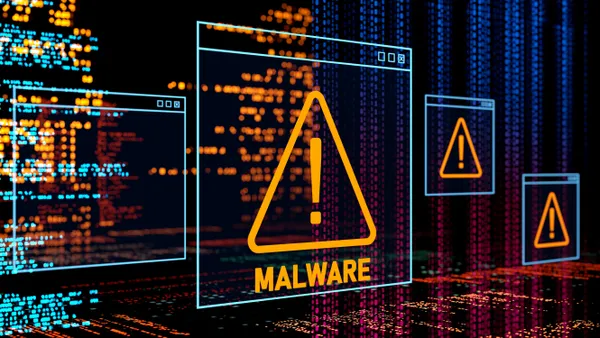Dive Brief:
- A recent survey by Lockheed Martin asked middle and high school teachers about their students’ interest in STEM subjects, along with how their schools are preparing students, in an attempt to illustrate country's potential preparedness to fill STEM workforce needs that could send humans to Mars.
- The survey found that 38% of educators thought a majority of students seemed “naturally interested” in STEM subjects, and 83% of teachers said that discussing space-related subjects would encourage more students to take an interest in these subject areas.
- However, 25% of educators said their current school curriculum is not adequately preparing students for a STEM career, and only 23% say their school is properly preparing students for the ability to pursue a career in space exploration, while 31% of educators reported that budgeting and resources at their schools were adequate to prep students for STEM careers.
Dive Insight:
Many STEM supporters, in both the private and public sectors, fear that shortages of qualified potential STEM employees is only going to grow in the years to come. The Smithsonian Science Education Center found that “STEM-related jobs grew at three times the rate of non-STEM jobs between 2000 and 2010,” and that there would be 2.4 million unfilled STEM jobs by 2018. In cybersecurity, for example, the number of available openings per year is greater than the total number of computer science majors the country produces. Considering that much of our economy (and increasingly, our security) relies on employees’ proficiency in STEM subjects, experts find the workforce gap to be disconcerting.
School districts and nonprofits are increasingly experimenting with new educational approaches to strengthen pipelines for potential STEM students, and some teaching methods, like utilizing simulations in science or math classes, are showing promising results. The fact that space exploration seems to be popular among students indicates that focusing some STEM education to that subject matter could also yield positive outcomes, and there are some options available in the country.
NASA offers numerous space camps and often partners with school districts or local governments to institute programs for curious learners. There are a host of other options, but it remains difficult to scale space exploration education with enough widespread access to reach all students. According to the survey’s results, there is interest that has the potential to be tapped. But for those numbers to expand further, STEM resources and curricula must be given renewed attention to make sure they are equal to the need.













